Son Tra Peninsula is a nature reserve of Da Nang , habitat of many wild animals. Although the peninsula is strictly protected, illegal trapping of wild animals still occurs.
Shudder with the "devil's jaw"!
According to the source, Dan Tri reporter recorded that on Son Tra peninsula (Da Nang), Suoi Om section, there appeared many very dangerous wild animal traps.
From the first trap recorded at a location about 100m from the main road, we continued to search around and discovered many traces of hunters using tree branches to create traps.
The purpose of this is to block the prey's usual path, forcing them to move into the trap location. The trap is buried in a small hole in the ground and covered with leaves by the hunter, making it very difficult to detect.
When the prey steps on the aluminum plate, the trap will be activated, the two iron teeth will immediately fold up and hold the prey's leg tightly. These types of traps are used to hunt animals such as weasels and wild boars.
This type of clamp trap is about 10cm wide, has a sawtooth shape, and is often referred to as the "devil's jaw". Once caught in the trap, it is very difficult for the prey to escape, and if they do escape, they will be injured.
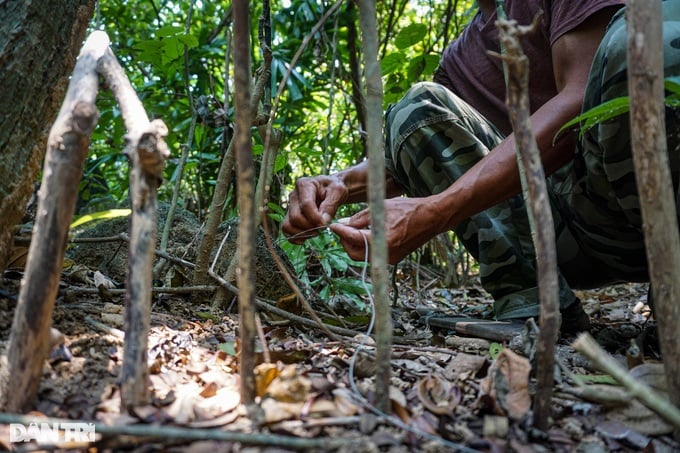
The traps noted by reporters were some of which had been there for a long time. Some of the traps had new fixed wire.
Mr. NH (who often takes photos in Son Tra) said that on April 1, a group of photographers on the ecosystem in Son Tra peninsula heard the cries of animals in the grass; when approaching, they saw a silver ferret with its leg caught in an animal trap. The group removed the trap and saved the ferret.
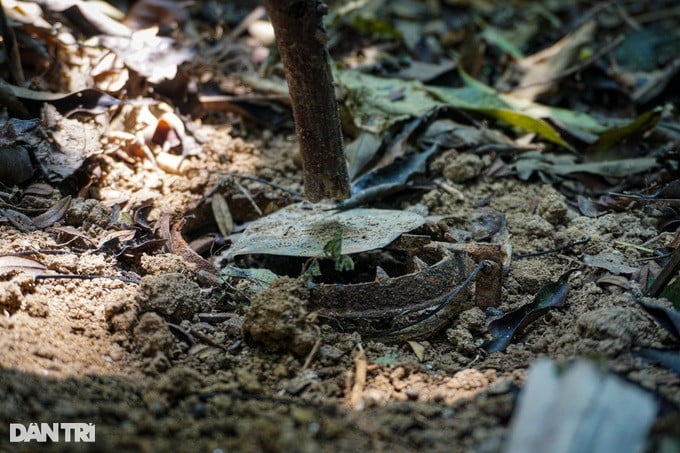
Continuing to search at some suspected trap locations, we discovered another drawstring trap. The trap is designed with a noose and a metal spring at one end.
"The current situation of animal trapping on the peninsula, I hope that the authorities will implement specific solutions to solve the above problem," Ms. TT, a person who often rescues wildlife in distress, suggested.
During the search for animal traps, we also recorded a type of medicinal vine called Chac Chieu that was illegally exploited but had not been taken out of the forest, and the traces of cutting were still very fresh.
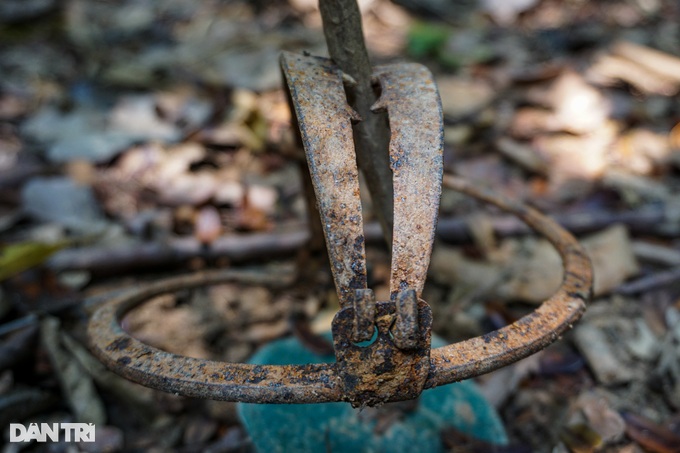
Reporters also discovered the badly decomposed and foul-smelling carcass of a horned animal right under the sewer on the road.
After collecting many wild animal traps, the reporter reported the incident to Mr. Ngo Truong Chinh - Head of the Son Tra - Ngu Hanh Son Inter-District Forest Protection Department. This unit sent forces to the scene to inspect the situation and receive and hand over the traps for handling according to regulations.
A total of 14 clamp traps and 1 pull trap were handed over to the forest rangers of Son Tra - Ngu Hanh Son district.
What do the rangers say?
Speaking to reporters, Mr. Ngo Truong Chinh - Head of the Son Tra - Ngu Hanh Son Inter-District Forest Protection Department said that after receiving feedback from Dan Tri reporters, on April 3, the force inspected and seized 3 more traps.
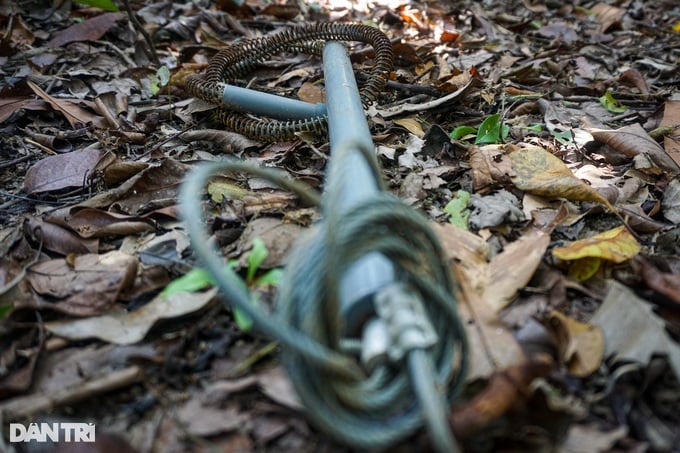
Mr. Chinh admitted that illegal animal trapping still occurs in Son Tra and has become more complicated in recent times.
However, it is very difficult to catch the people trapping wild animals in the act. When they see the rangers, they throw away their tools and run away very quickly. The rugged mountainous terrain makes it difficult to pursue.
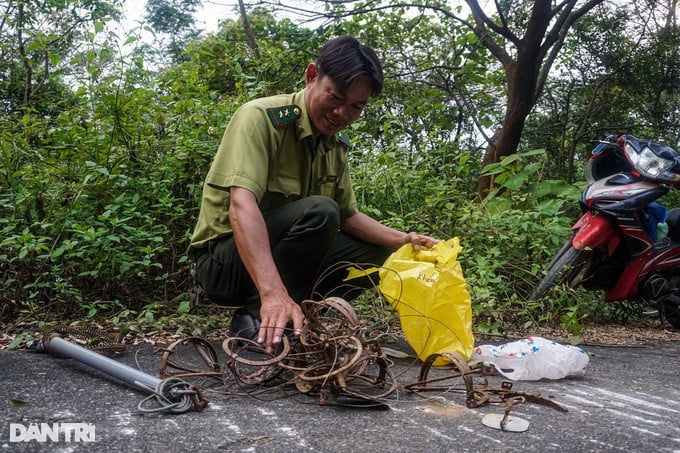
Since the beginning of 2023, the force has conducted nearly 100 road patrols and forest sweeps. Thereby, they have seized 459 animal traps of various types, destroyed 2 illegal camps and warned many people and tourists who illegally entered the forest. The rangers also captured and released 3 wild individuals back into the wild.
"The Forest Protection Department has less than 10 staff, managing an area of more than 3,790 hectares, so management work is very difficult. To protect wildlife, our force will increase patrols," said Mr. Chinh, adding that in addition to the efforts of the authorities, the participation of the people is needed to protect Son Tra.
Source



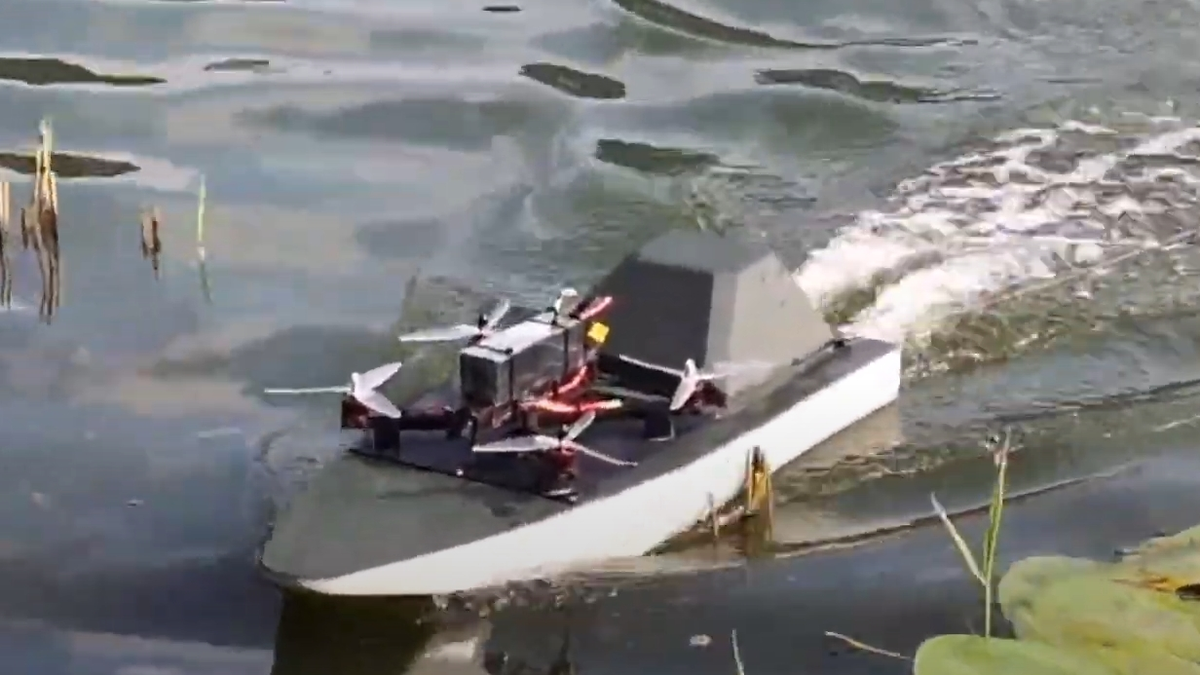
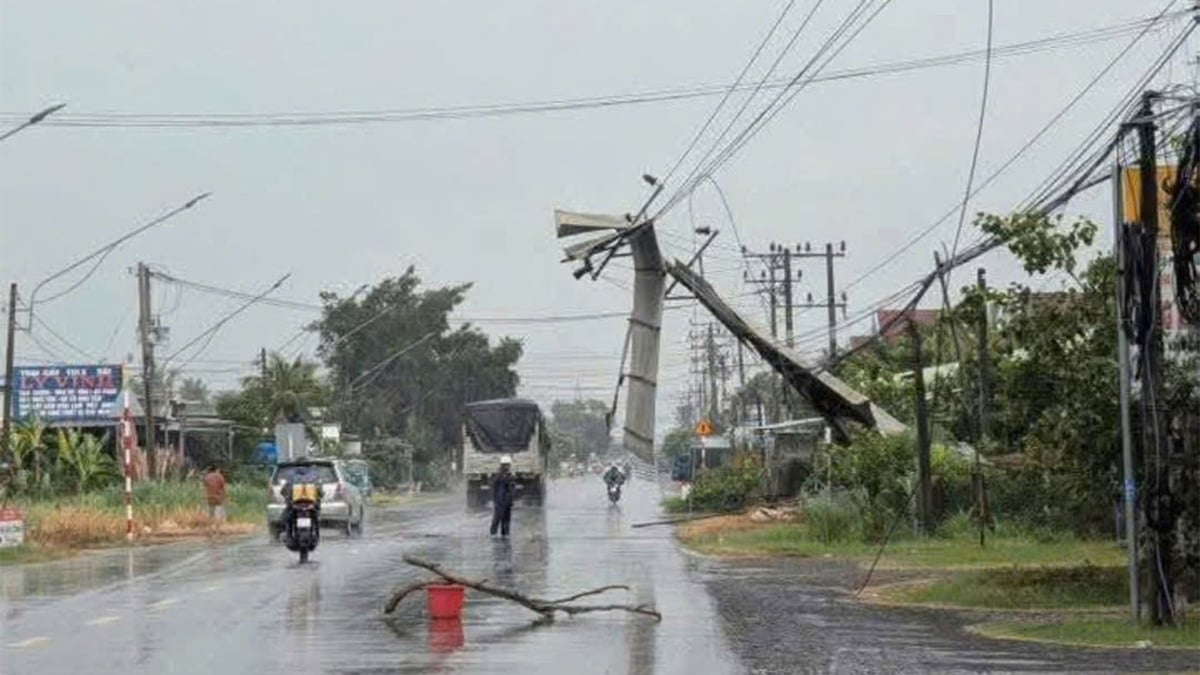






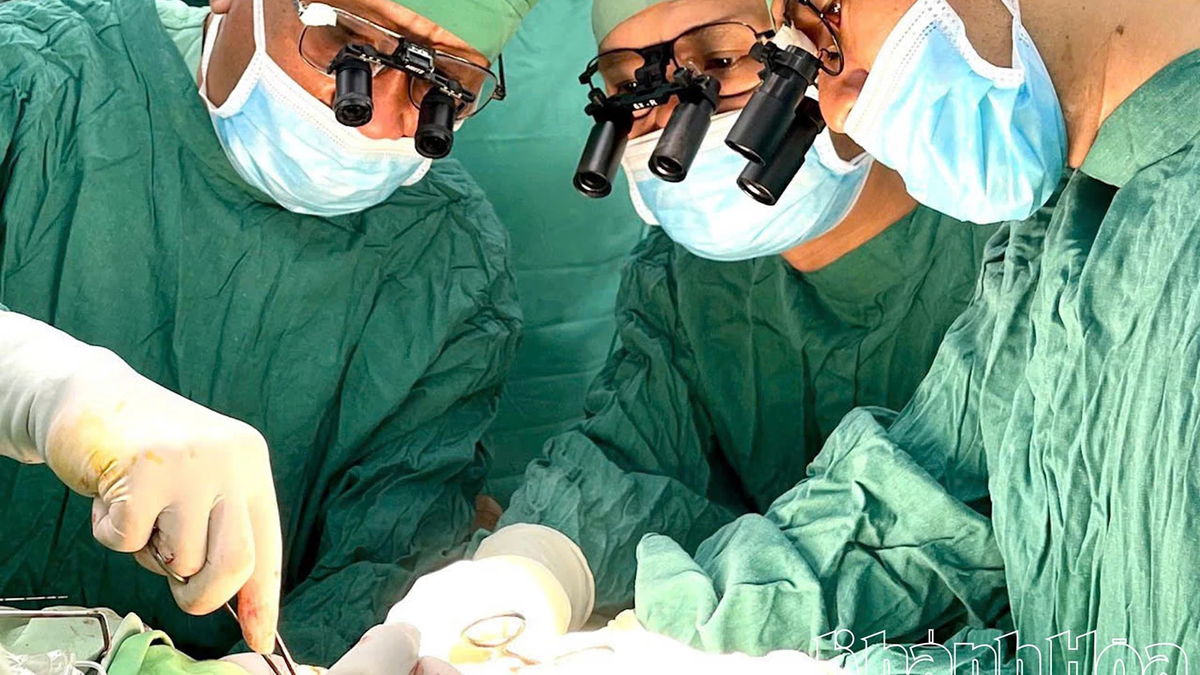








































![[Maritime News] More than 80% of global container shipping capacity is in the hands of MSC and major shipping alliances](https://vphoto.vietnam.vn/thumb/402x226/vietnam/resource/IMAGE/2025/7/16/6b4d586c984b4cbf8c5680352b9eaeb0)













































Comment (0)